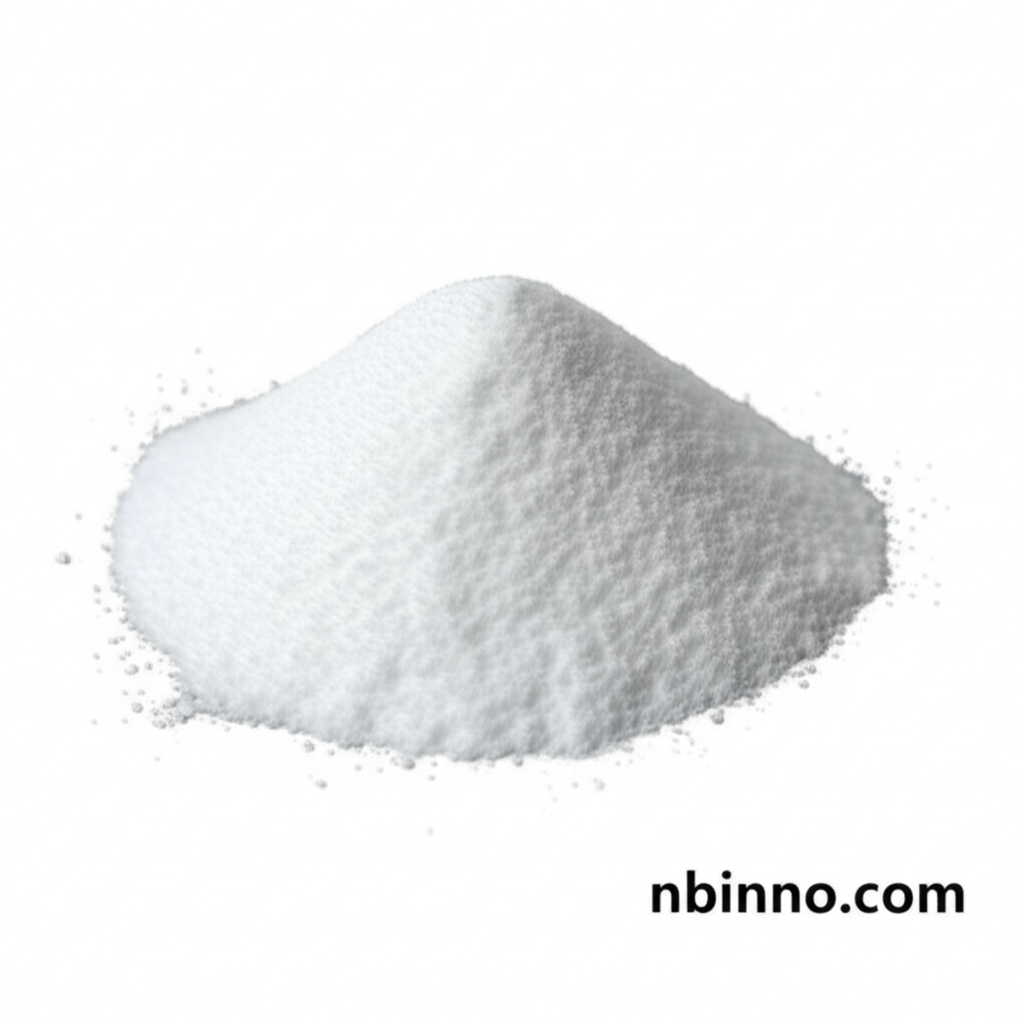High-Purity 2-Pyridineboronic Acid (CAS: 197958-29-5): Synthesis, Applications, and Supplier Information
Discover the essential properties, synthesis routes, and critical applications of 2-Pyridineboronic Acid (CAS: 197958-29-5), a vital pharmaceutical intermediate. Learn why it's a preferred choice for Suzuki-Miyaura coupling and discover how to source this high-quality chemical from reliable manufacturers in China.
Get a Quote & SampleYour Trusted Source for Pharmaceutical Intermediates

2-Pyridineboronic Acid
As a leading manufacturer and supplier of fine chemicals in China, we offer high-purity 2-Pyridineboronic Acid (CAS: 197958-29-5), a critical building block for the pharmaceutical industry. Our commitment to quality ensures that this intermediate is synthesized with precision for reliable performance in your research and development projects.
- High Purity 2-Pyridineboronic Acid (CAS: 197958-29-5): Sourced and manufactured to exacting standards for critical pharmaceutical applications.
- Versatile Pharmaceutical Intermediate: Essential for the synthesis of complex organic molecules and drug candidates.
- Suzuki-Miyaura Coupling Expert: A primary reagent enabling efficient carbon-carbon bond formation for advanced chemical synthesis.
- Reliable Manufacturer & Supplier in China: Providing consistent quality and bulk availability to meet your production needs.
Key Advantages of 2-Pyridineboronic Acid
Exceptional Purity for Pharmaceutical Applications
Our 2-Pyridineboronic Acid (CAS: 197958-29-5) boasts a purity of 97% min, making it ideal for stringent pharmaceutical intermediate requirements. This high purity ensures predictable reaction outcomes and facilitates the synthesis of active pharmaceutical ingredients (APIs).
Enabling Complex Organic Synthesis
As a key component in Suzuki-Miyaura cross-coupling reactions, this boronic acid derivative is instrumental in forming critical carbon-carbon bonds. It is widely utilized by R&D scientists and product formulators for creating novel biaryl and heterocyclic compounds.
Cost-Effective Sourcing from China
We offer competitive pricing for 2-Pyridineboronic Acid, making it an accessible and cost-effective option for procurement. By partnering with us, you gain access to a dependable supplier with a robust manufacturing capability for your bulk orders.
Applications of 2-Pyridineboronic Acid
Pharmaceutical Synthesis
This compound is a vital intermediate in the creation of new drug molecules and APIs, leveraging its reactivity in complex synthetic pathways.
Organic Synthesis
Facilitates the formation of carbon-carbon bonds through Suzuki-Miyaura cross-coupling, essential for constructing complex organic structures.
Building Block for Heterocycles
Used in the synthesis of various heterocyclic compounds that are fundamental to many biologically active molecules.
Drug Discovery & Development
An indispensable reagent for R&D scientists exploring new therapeutic agents and chemical entities.
